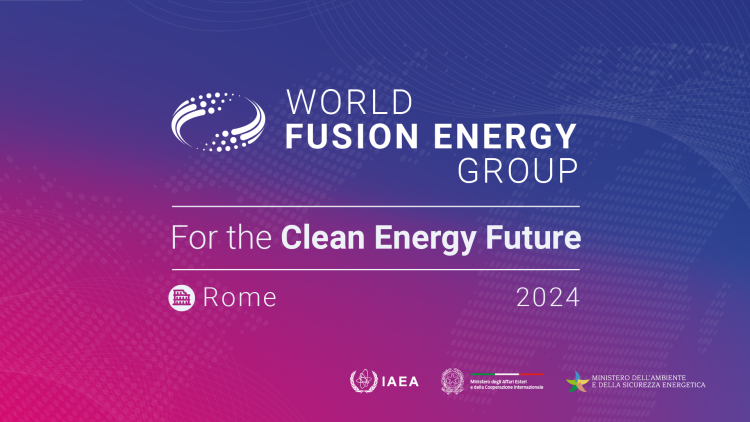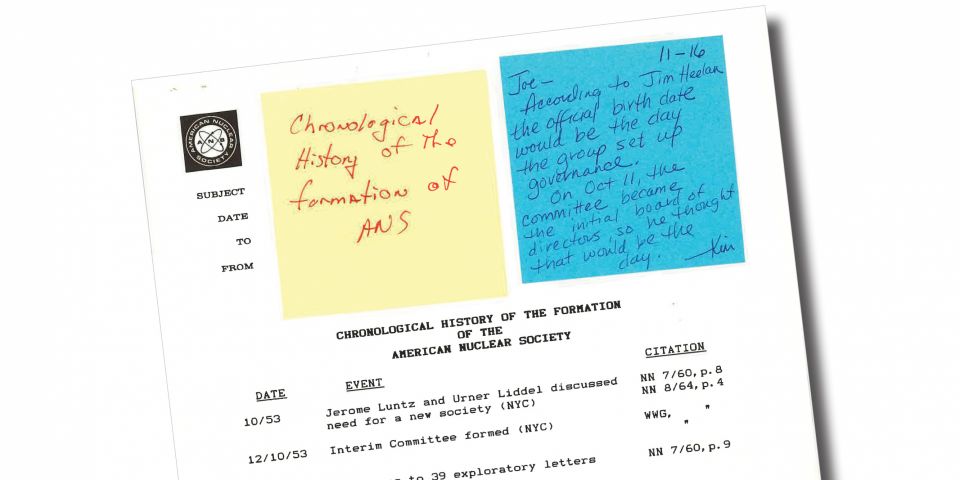Hope for nations lacking treatment: In 2020, there were over 945,000 new head and neck cancer cases globally, resulting in 468,000 deaths, according to the IAEA. Low- and middle-income countries bore the brunt of the caseload, with an estimated 76 percent of new cases and 84 percent of deaths.
Many cancer patients—including those in high-income countries but especially in low- and middle-income countries—face long waits for treatment. According to the IAEA, while nearly all patients in high-income countries have access to radiotherapy, in middle-income countries fewer than 60 percent do, and in low-income countries, only one in 10 people has access. Increased demands for radiotherapy, insufficient human resources, inadequate infrastructure, and the concentration of care in national capitals and city centers all prolong the time it takes for treatment in low- and middle-income countries.
More than 20 IAEA member states lack facilities for radiation treatment, and IAEA global efforts, including the Rays of Hope initiative—launched in 2022 and focused on Africa—support the establishment and expansion of radiotherapy services.
The research: The IAEA launched research on the treatment of head and neck squamous cell carcinoma under a coordinated research project called HYPNO in 2010. Researchers found that intensified treatment regimens that delivered either a higher overall dose over the same seven-week period (hyperfractionated radiotherapy) or the same total dose but over a shorter period of five to six weeks (normo-fractionated accelerated radiotherapy) were safe and effective, with the shorter treatment course using fewer radiotherapy-related resources.
HYPNO’s latest research went one step further and studied a more intensified treatment regimen called hypofractionated radiotherapy: fewer but higher doses of radiation delivered over four weeks—nearly half the time that standard radiotherapy takes. The study was the largest randomized controlled trial of its kind, according to the IAEA, involving 12 medical centers in 10 countries: Argentina, Brazil, Cuba, India, Indonesia, Pakistan, the Philippines, South Africa, Thailand, and Uruguay. In all, 729 patients received either normo-fractionated accelerated radiotherapy or hypofractionated radiotherapy. Patients in both groups showed similar outcomes and survival rates, according to the IAEA, demonstrating the safety and effectiveness of fewer but higher doses in a condensed time frame.
The results were presented last October at the 65th annual meeting of the American Society for Therapeutic Radiology and Oncology (ASTRO) and were published the following month in the International Journal of Radiation Oncology, Biology, and Physics.
Principal investigator Søren M. Bentzen, a professor of radiation oncology and director of the Division of Biostatistics and Bioinformatics at the University of Maryland School of Medicine, said, “The IAEA played a crucial role in facilitating the trial via the long-term relationships they have built with clinicians in cancer centers all over the world.”
“HYPNO fundamentally demonstrates both the impact of conducting funded research that corresponds to global cancer needs and the importance of multinational trials to inform clinical decision-making through powerful, real-world data on the impacts of treatments,” said May Abdel-Wahab, Director of the IAEA Division of Human Health.








